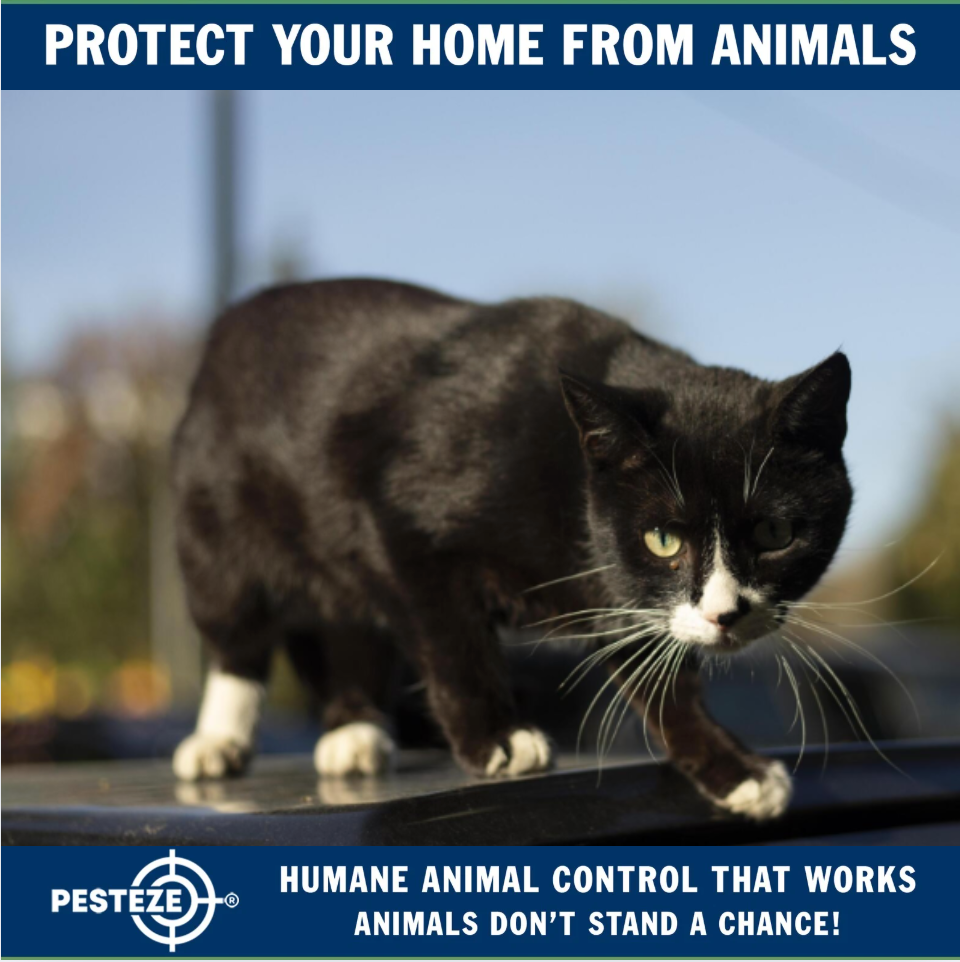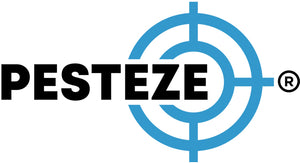SUBURBAN ANIMAL CONTROL: COMMON PROBLEMS AND SOLUTIONS

SUBURBAN ANIMAL CONTROL: COMMON PROBLEMS AND SOLUTIONS
SUMMARY
Suburban areas often face a blend of urban and rural wildlife issues. This guide outlines the most frequent animal-related problems in the suburbs and provides practical solutions tailored to this unique environment.
FEATURES
-
Typical suburban wildlife encounters
-
Prevention strategies for homeowners
-
Safe and humane control methods
-
Legal and community considerations
-
When to contact professionals
DESCRIPTION
Living in the suburbs means dealing with a mix of wildlife from both city and countryside. Animals like raccoons, skunks, deer, and stray pets often wander through residential neighborhoods, causing nuisance or damage. Effective suburban animal control involves preventive landscaping, proper waste management, and knowing when to act or call in the experts. Understanding local ordinances and using humane approaches help maintain safety and harmony in your neighborhood.
COMMON SUBURBAN WILDLIFE PROBLEMS
-
Raccoons rummaging through trash bins
-
Skunks nesting under decks or sheds
-
Deer damaging gardens and landscaping
-
Stray or feral cats and dogs
-
Squirrels or birds in attics and chimneys
PREVENTION STRATEGIES
-
Use animal-proof trash cans and compost bins
-
Install fencing around gardens and vulnerable areas
-
Seal access points to attics, basements, and crawlspaces
-
Trim trees and shrubs to limit nesting spots
-
Avoid feeding wildlife or leaving pet food outdoors
HUMANE CONTROL SOLUTIONS
-
Live traps for small mammals (check legality first)
-
Motion-sensor lights and sprinklers as deterrents
-
Natural repellents for gardens (like vinegar, garlic, or cayenne)
-
Install chimney caps and vent covers
-
Use noise or scent-based deterrents for persistent intruders
LEGAL AND COMMUNITY CONSIDERATIONS
-
Follow local ordinances on trapping and relocating animals
-
Check for protected species before taking action
-
Coordinate with neighborhood associations for area-wide efforts
-
Report dangerous or aggressive animals to local authorities
WHEN TO CALL A PROFESSIONAL
-
If DIY methods fail or the issue persists
-
When dealing with potentially dangerous or diseased animals
-
For safe removal of wildlife in difficult-to-reach places
-
To ensure compliance with local wildlife laws
- Medha samanu


Comments 0